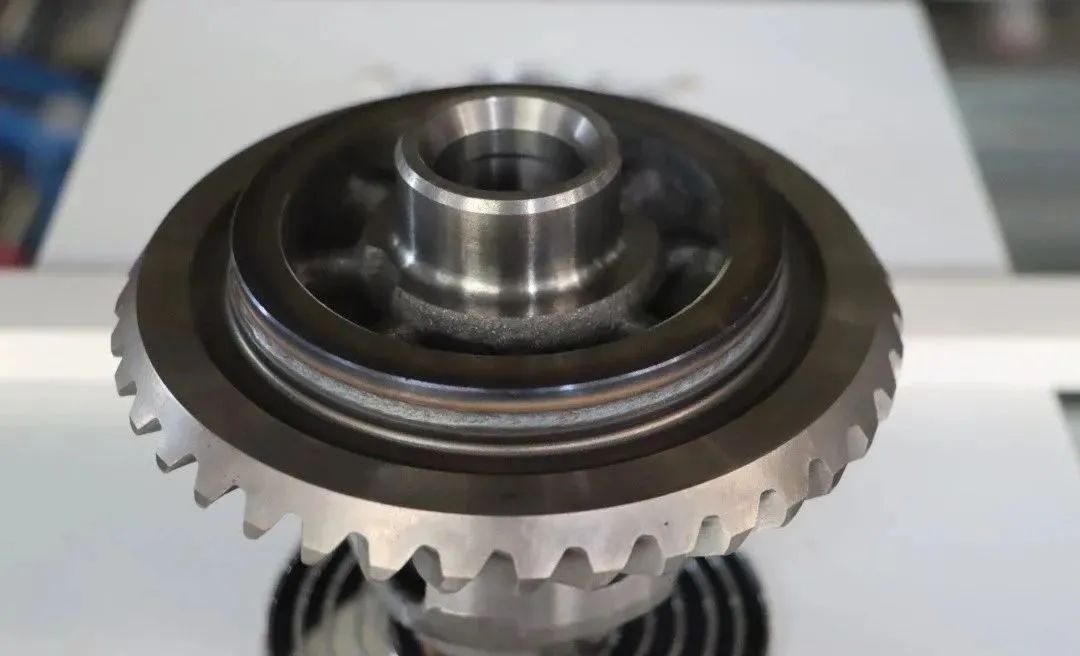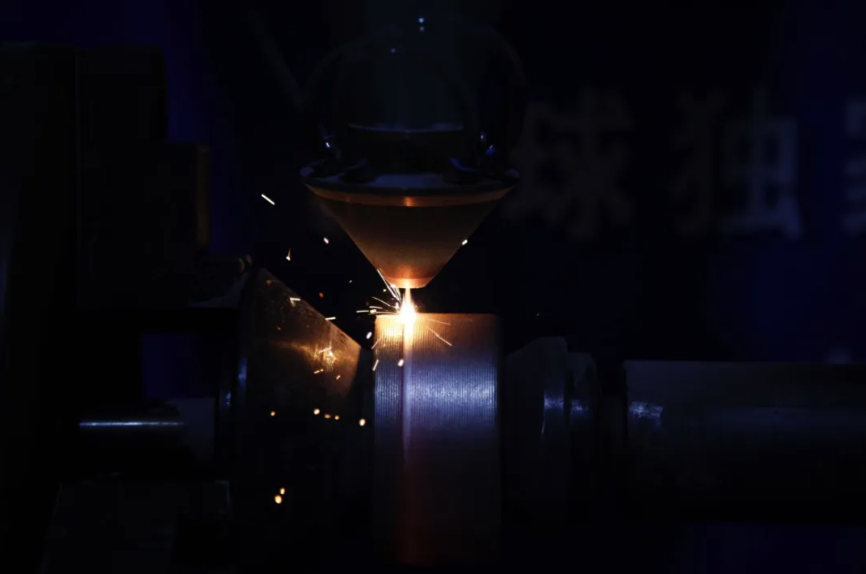Four advantages of laser welding automotive differentials
Differential is an important part inside the automobile reducer assembly, whether it is a traditional passenger car or a new energy passenger car, it can provide power transmission and guarantee the smooth operation of the left and right wheels of the car turning. The differential is mainly assembled by the differential case passive pot gears and some bearing planetary gears. At present, most of the differential cases and passive pot gears are connected by bolts, which is not in line with the development trend of the automobile industry due to the traditional connection method with many processing procedures, large quality, and high cost.
Laser-welded differentials have four major advantages
Differentials are 15% lighter and more compact
Since the traditional differential case and basin gear are connected by bolts, it is necessary to process threaded holes of a certain depth, and the wall thickness of the parts at the threaded position is designed to be thicker so that the quality of the assembled assembly is generally larger. Welded differentials do not have connecting bolts, eliminating the need to machine thread holes in the parts, and can also be designed to thin and reduce the weight of the thicker parts of the differential case and basin gears, reducing the overall quality by about 15%. In addition, the welded differential does not need to reserve space for the assembly of bolts, and the weld position can be set on the outside of the differential, so the overall size of the reducer can be smaller, especially suitable for new energy vehicles with three-in-one electric drive system on the installation of parts integration requirements.
20% reduction in differential material and installation costs
After the differential and the main reduction gear are connected by welding, first of all, it saves a lot of expensive cost of bolts, take a new energy vehicle differential, for example, the differential is linked with 16 M10 bolts. At the same time, I canceled the differential and the main reduction gear bolt holes, threaded holes, and other processes, saving the drilling and tapping and other processing costs, canceled the assembly process, saving the assembly and other labor costs, and bolt tightening equipment costs. The only relative increase is in laser welding costs, which are about 20% lower than the cost of bolted differentials under fully automated conditions in batch quantities.
Laser-welded differential main reduction gears improve accuracy by 2 steps
The main reduction gear of the welded differential and the differential are ground as an integral part after welding, and the accuracy after grinding is the actual use accuracy without assembly error. The grinding of the main reduction gear of the bolt differential can be stabilized to achieve grade 5 gear precision, and after assembly and bolt tightening, the gear precision is grade 6 to 7 precision. The main reduction gear of mass-produced welded differential can stably reach the accuracy of grades 4 to 5 without assembly error, and the welded differential has obvious advantages in terms of gear accuracy.
NVH test gear noise reduced by 2dB
Due to the improved precision of the welded differential gears, the gear noise is significantly reduced when assembled into the gearbox for NVH testing, and the noise is reduced by 2 dB compared to the bolted differential gearbox, which is a more obvious advantage, especially for new energy vehicles with higher NVH requirements.
MRJ-laser is a well-known high-end laser equipment and intelligent manufacturing solutions provider in China, the company has long been focusing on automotive lightweight laser equipment solutions, including automotive transmission gear laser welding production lines MRJ-laser WG series of products have a manual line, semi-automatic line, fully automatic line, can meet the differential, hollow shaft, intermediate shaft, clutch, gear shafts, and other symmetrical rotary shaped components High-precision welding and different production capacities are required. Each production line has gone through multiple production processes before and after welding, such as laser cleaning, heating, press fitting, end run inspection, laser welding, and ultrasonic flaw detection, which can effectively control the generation of weld porosity and cracks and ensure the quality of weld seams, and the qualification rate of the line can reach more than 98%.






Comments
Post a Comment